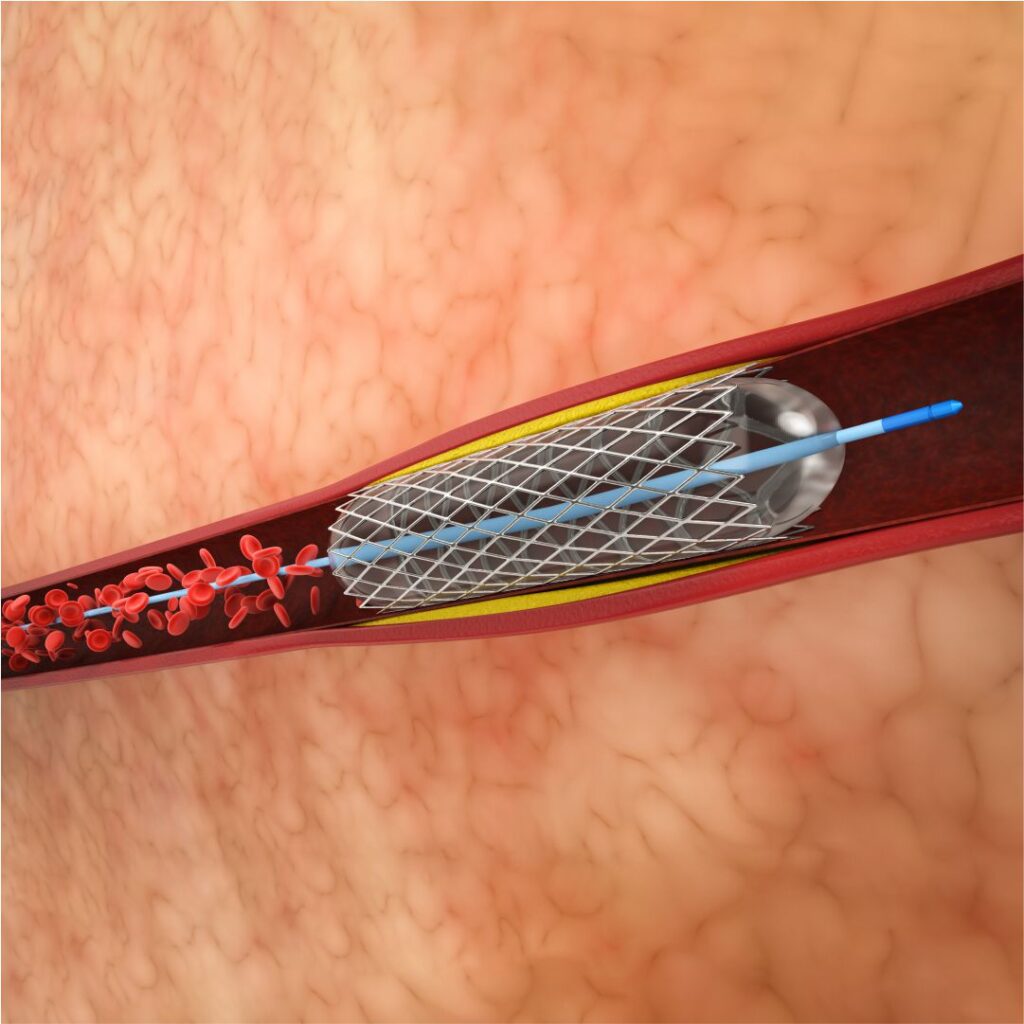- support@gmail.com
- Bangalore
Call Now 823-080-87678
Aortic and Peripheral Arterial Interventions

Aortic Interventions
Aortic and peripheral arterial interventions involve medical procedures aimed at treating conditions affecting the aorta and peripheral arteries, including aneurysms, blockages, and narrowing due to atherosclerosis.
Symptoms We Treat
- Severe abdominal
- Claudication
- Severe back pain
- Cold extremities
- Non-healing wounds
- Reduced pulses
- Ulcers on the legs
Causes
Conditions like aortic aneurysms, peripheral artery disease, or atherosclerosis
Risks
Potential risks include bleeding, infection, artery damage, or complications related to anesthesia.
ProcedureS
Endovascular Aneurysm Repair
Inserting a stent-graft through the femoral artery to repair an aortic aneurysm.
Angioplasty and Stenting
Atherectomy
Removing plaque from the arteries using specialized devices.
Treatment Options
Medication
To manage underlying conditions like high blood pressure or cholesterol.
Surgical Repair
In cases where endovascular methods are not feasible.
Lifestyle Modifications
Including dietary changes, exercise, and smoking cessation.
post Procedure Recovery
Recovery for EVAR usually takes a few days, with discharge possible the next day. Incase of Angioplasty a quick return to normal activities is expected.
Success rate
The success rate for aortic and peripheral arterial interventions is generally high, with EVAR achieving success rates of 90% or higher in preventing aneurysm rupture.
Follow-up care and lifestyle modifications are often recommended to ensure long-term success.
Long-term risks may include stent migration or restenosis, which are monitored during follow-up visits.
Most patients recover within a few days to weeks, depending on the procedure and overall health.
